Biao Min
A Data-Center FPGA Acceleration Platform for Convolutional Neural Networks
Sep 17, 2019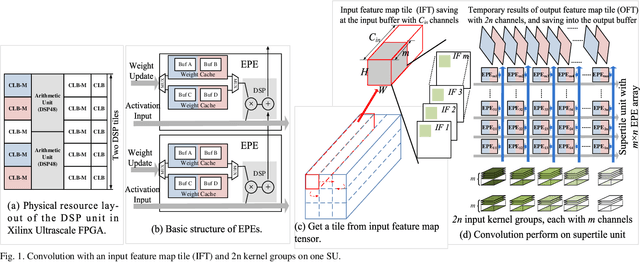
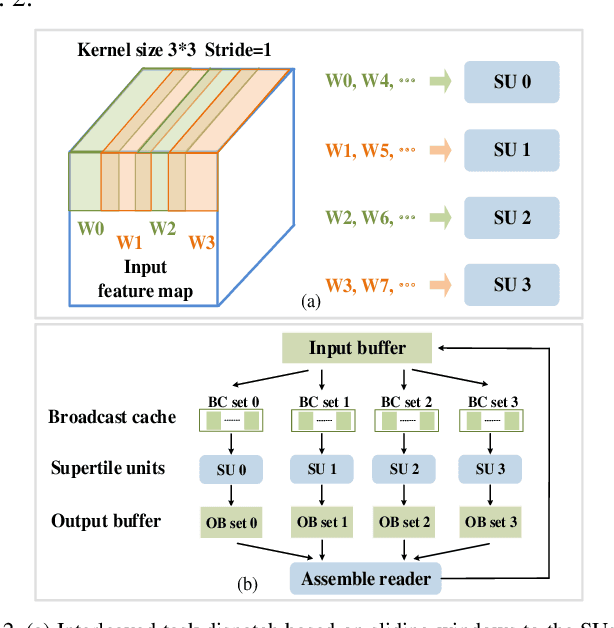
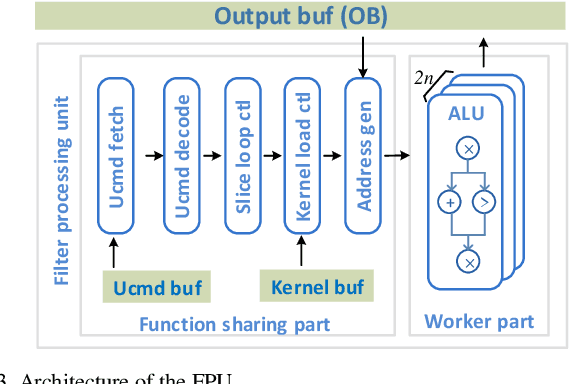
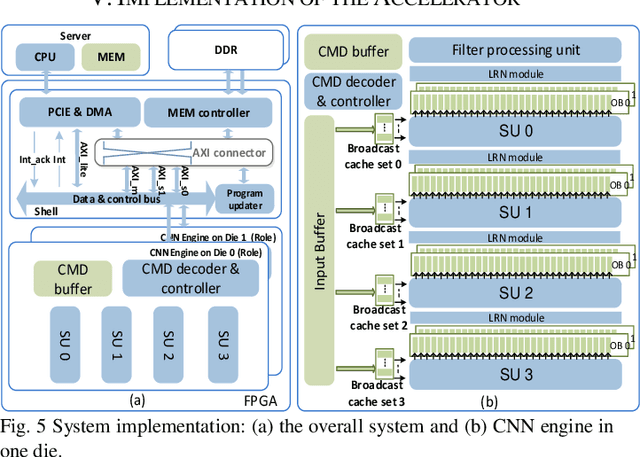
Abstract:Intensive computation is entering data centers with multiple workloads of deep learning. To balance the compute efficiency, performance, and total cost of ownership (TCO), the use of a field-programmable gate array (FPGA) with reconfigurable logic provides an acceptable acceleration capacity and is compatible with diverse computation-sensitive tasks in the cloud. In this paper, we develop an FPGA acceleration platform that leverages a unified framework architecture for general-purpose convolutional neural network (CNN) inference acceleration at a data center. To overcome the computation bound, 4,096 DSPs are assembled and shaped as supertile units (SUs) for different types of convolution, which provide up to 4.2 TOP/s 16-bit fixed-point performance at 500 MHz. The interleaved-task-dispatching method is proposed to map the computation across the SUs, and the memory bound is solved by a dispatching-assembling buffering model and broadcast caches. For various non-convolution operators, a filter processing unit is designed for general-purpose filter-like/pointwise operators. In the experiment, the performances of CNN models running on server-class CPUs, a GPU, and an FPGA are compared. The results show that our design achieves the best FPGA peak performance and a throughput at the same level as that of the state-of-the-art GPU in data centers, with more than 50 times lower latency.
A Robust Background Initialization Algorithm with Superpixel Motion Detection
May 17, 2018
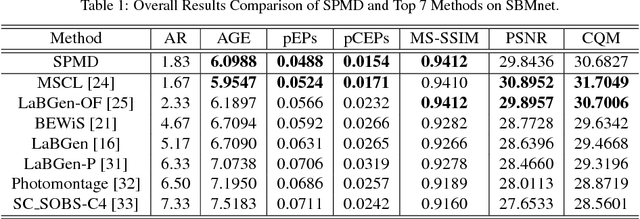
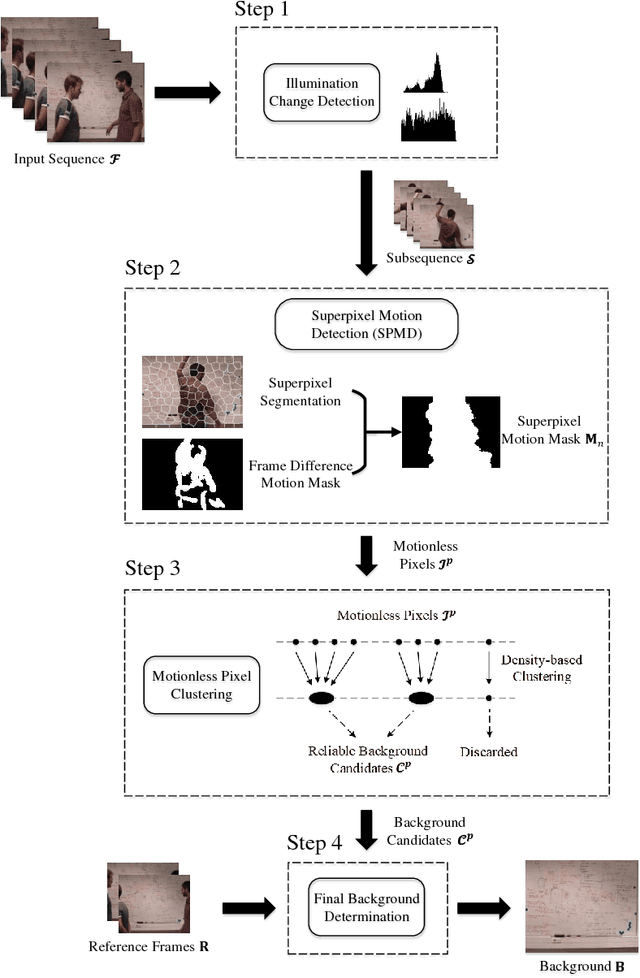
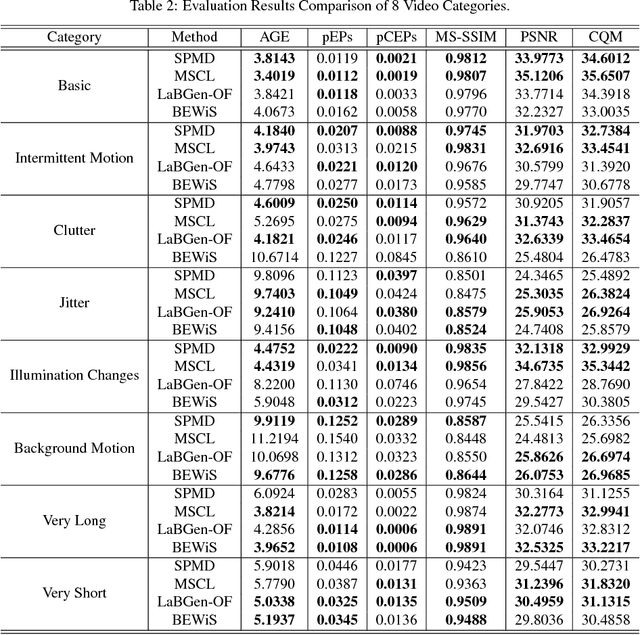
Abstract:Scene background initialization allows the recovery of a clear image without foreground objects from a video sequence, which is generally the first step in many computer vision and video processing applications. The process may be strongly affected by some challenges such as illumination changes, foreground cluttering, intermittent movement, etc. In this paper, a robust background initialization approach based on superpixel motion detection is proposed. Both spatial and temporal characteristics of frames are adopted to effectively eliminate foreground objects. A subsequence with stable illumination condition is first selected for background estimation. Images are segmented into superpixels to preserve spatial texture information and foreground objects are eliminated by superpixel motion filtering process. A low-complexity density-based clustering is then performed to generate reliable background candidates for final background determination. The approach has been evaluated on SBMnet dataset and it achieves a performance superior or comparable to other state-of-the-art works with faster processing speed. Moreover, in those complex and dynamic categories, the algorithm produces the best results showing the robustness against very challenging scenarios.
 Add to Chrome
Add to Chrome Add to Firefox
Add to Firefox Add to Edge
Add to Edge